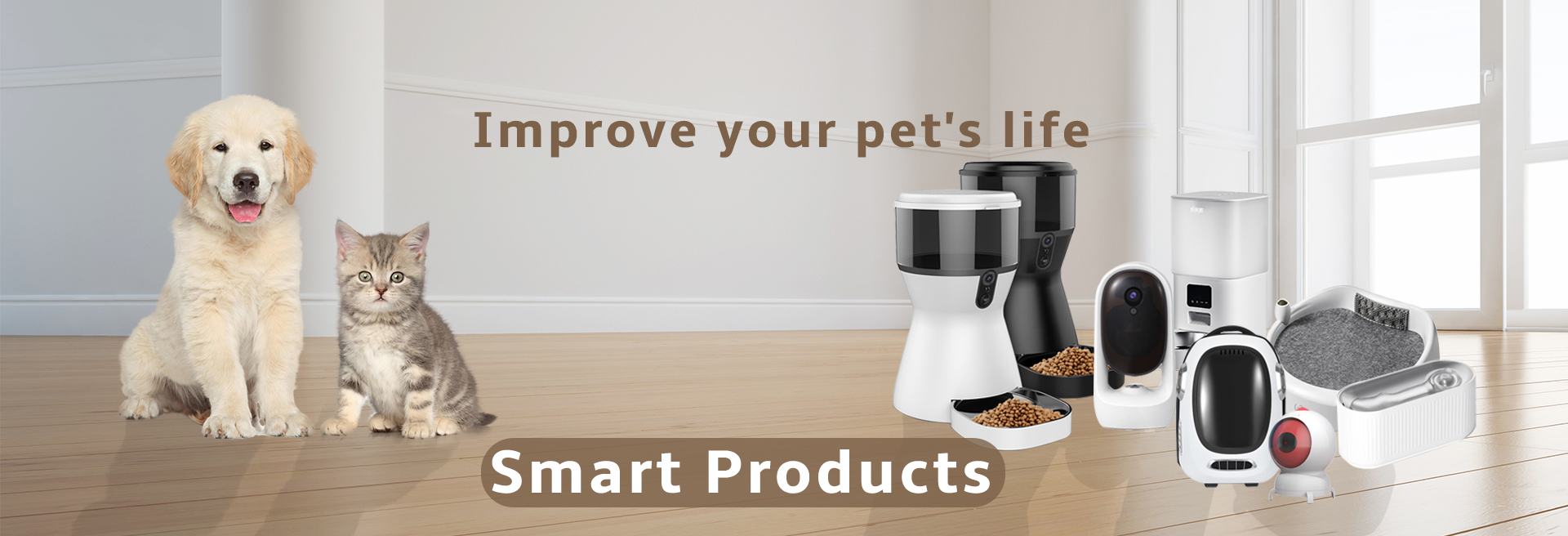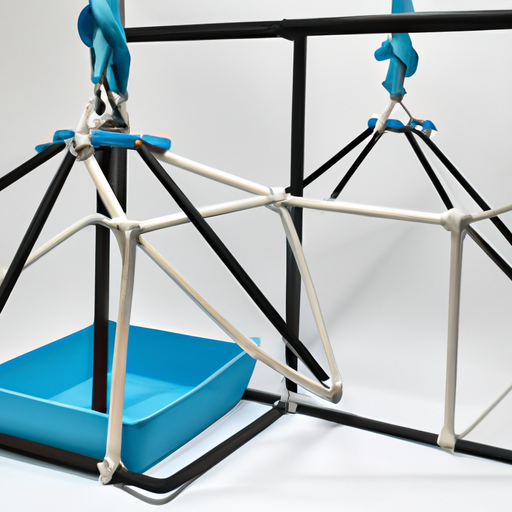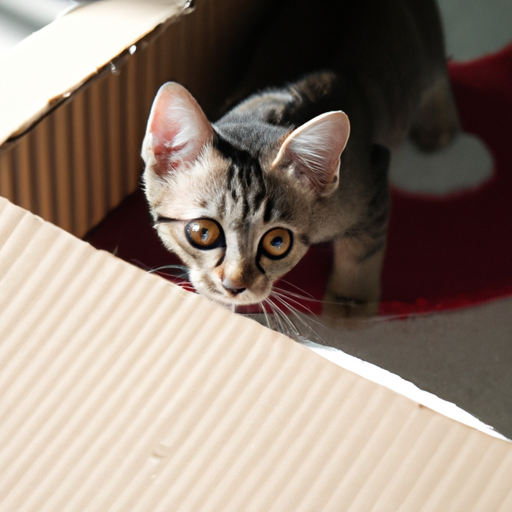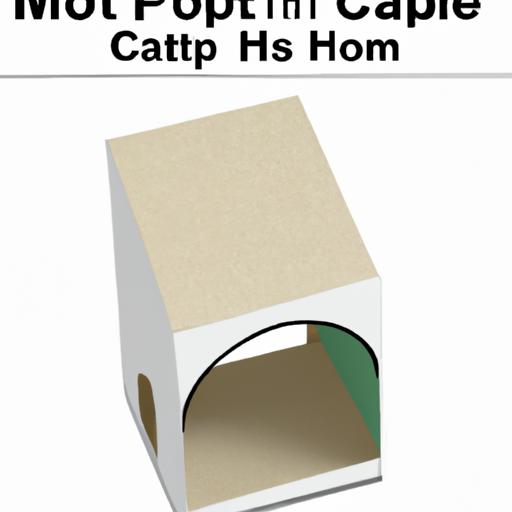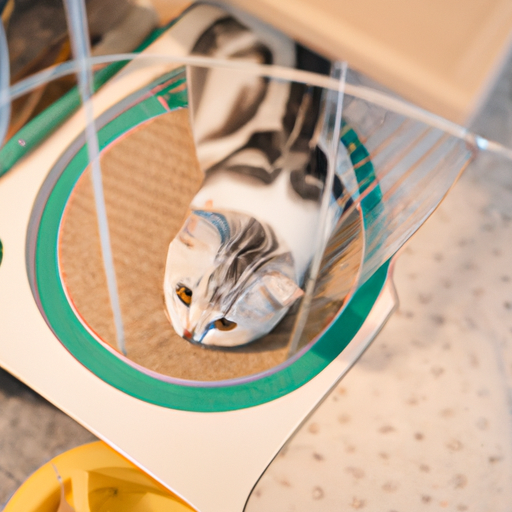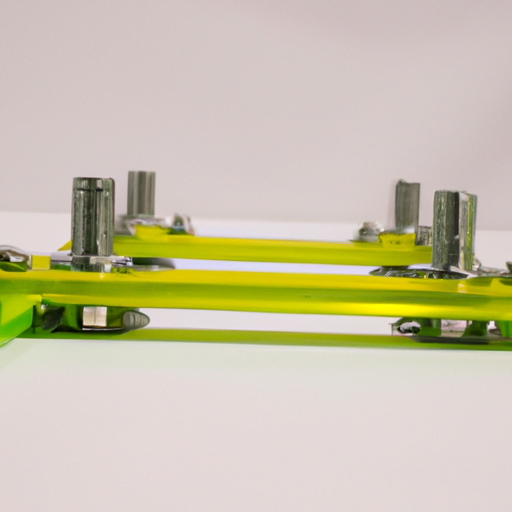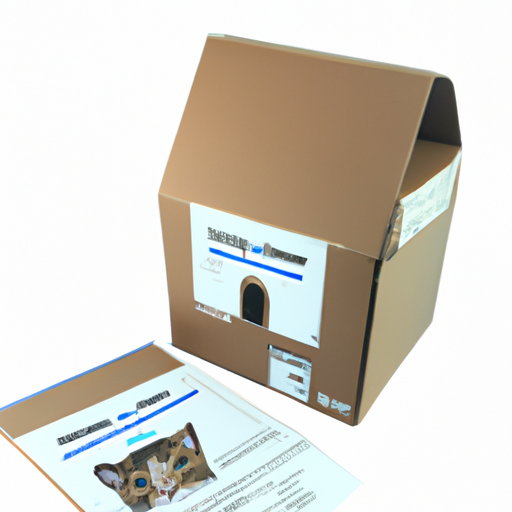The Production Process of the Mainstream Capsule Cat Climbing Frame
I. Introduction
In recent years, the popularity of cat climbing frames has surged, reflecting a growing awareness of the importance of providing pets with stimulating environments. Cat owners are increasingly seeking ways to enrich their feline companions' lives, leading to a boom in the market for innovative and functional cat furniture. Among the various designs available, capsule cat climbing frames have emerged as a favorite due to their unique aesthetic and practical features. Understanding the production process behind these climbing frames is essential for appreciating the craftsmanship and thought that goes into creating a safe and enjoyable space for our furry friends.
II. Design and Conceptualization
A. Market Research
The journey of creating a capsule cat climbing frame begins with thorough market research. Manufacturers must identify consumer needs and preferences, which often involves surveys, focus groups, and analyzing trends in pet ownership. Understanding what pet owners are looking for—be it style, functionality, or safety—helps guide the design process. Additionally, analyzing competitor products allows designers to pinpoint gaps in the market and innovate accordingly.
B. Concept Development
Once the research phase is complete, the next step is concept development. Designers typically start by sketching initial designs, brainstorming various shapes and features that would appeal to both cats and their owners. This phase often includes creating 3D models and prototypes using computer-aided design (CAD) software, allowing for a more accurate visualization of the final product. Prototyping is crucial, as it helps identify potential design flaws early in the process.
C. Material Selection
Choosing the right materials is a critical aspect of the design process. Manufacturers prioritize safe and durable materials that can withstand the wear and tear of active cats. Common materials include plywood, MDF, and various fabrics for upholstery. Environmental considerations are also becoming increasingly important, with many companies opting for sustainable materials and eco-friendly production methods to appeal to environmentally conscious consumers.
III. Engineering and Prototyping
A. Structural Engineering
Once the design is finalized, structural engineering comes into play. Engineers must ensure that the climbing frame is stable and safe for cats of all sizes. This involves conducting load testing and stress analysis to determine how the frame will hold up under various conditions. Safety is paramount, as a poorly designed frame could lead to accidents and injuries.
B. Prototype Creation
With engineering specifications in hand, manufacturers move on to building initial prototypes. These prototypes are tested for functionality and durability, simulating real-world use to identify any weaknesses. This phase is crucial for ensuring that the final product meets both aesthetic and practical standards.
C. Feedback and Iteration
After testing the prototypes, manufacturers gather feedback from pet owners and experts in the field. This feedback is invaluable, as it provides insights into how the climbing frame performs in a home environment. Based on this input, designers may make necessary adjustments to the design, ensuring that the final product is both appealing and functional.
IV. Manufacturing Process
A. Sourcing Materials
The manufacturing process begins with sourcing materials. Manufacturers identify reliable suppliers for wood, fabric, and other components, ensuring that they meet quality standards. Quality control measures are implemented to verify that raw materials are free from defects and safe for use in pet products.
B. Production Techniques
Once materials are sourced, the production techniques come into play. This phase involves cutting and shaping materials according to the design specifications. Assembly processes follow, where components are joined together to form the climbing frame. Upholstery and finishing touches are added to enhance the product's appearance and comfort.
C. Quality Assurance
Quality assurance is a critical step in the manufacturing process. Finished products undergo rigorous inspection to ensure they meet safety standards and quality benchmarks. Compliance with industry regulations is essential, as it guarantees that the climbing frames are safe for pets and free from harmful materials.
V. Packaging and Distribution
A. Packaging Design
Once the climbing frames are manufactured, they must be packaged appropriately. Packaging design plays a significant role in attracting consumers and ensuring the product's protection during transport. Manufacturers aim to create attractive and functional packaging that highlights the product's features while safeguarding it from damage.
B. Distribution Channels
With the product packaged, manufacturers explore distribution channels. Retail partnerships with pet stores and online sales platforms are common avenues for reaching consumers. The rise of e-commerce has transformed the way pet products are sold, allowing manufacturers to reach a broader audience.
C. Logistics and Shipping
Managing inventory and order fulfillment is a crucial aspect of the distribution process. Manufacturers must consider shipping logistics, especially when catering to international markets. Efficient shipping practices ensure that products reach customers in a timely manner, enhancing customer satisfaction.
VI. Marketing and Sales
A. Branding Strategies
Once the climbing frames are ready for sale, branding strategies come into play. Developing a strong brand identity is essential for standing out in a competitive market. Manufacturers focus on positioning their products effectively, highlighting unique features that set them apart from competitors.
B. Advertising and Promotion
Effective advertising and promotion are vital for driving sales. Manufacturers utilize social media and online marketing to reach potential customers, often engaging with pet communities and influencers to promote their products. Creative marketing campaigns can significantly boost visibility and attract a loyal customer base.
C. Customer Engagement
Building a loyal customer base is crucial for long-term success. Manufacturers engage with customers through various channels, collecting feedback for future improvements. This engagement fosters a sense of community and encourages repeat purchases.
VII. Conclusion
The production process of mainstream capsule cat climbing frames is a multifaceted journey that involves careful planning, design, engineering, and marketing. From the initial concept to the final product, each step is crucial in ensuring that the climbing frames are safe, functional, and appealing to both cats and their owners. As the pet industry continues to evolve, the significance of quality and safety in pet products remains paramount. Future trends in cat climbing frame design and production will likely focus on sustainability, innovative materials, and enhanced functionality, ensuring that our feline friends have the best possible environments to thrive in.
VIII. References
For further reading on the production process of pet products and insights into the pet industry, consider exploring the following sources:
1. Pet Product Manufacturers Association (PPMA) - Industry reports and trends.
2. Journal of Animal Science - Research on pet behavior and environmental enrichment.
3. Various pet industry blogs and websites that provide insights into consumer preferences and product innovations.
By understanding the intricate production process behind capsule cat climbing frames, pet owners can make informed choices that benefit their beloved companions.
